It’s not too late to come clean on US$2bn Sinohydro deal terms – NRGI Report
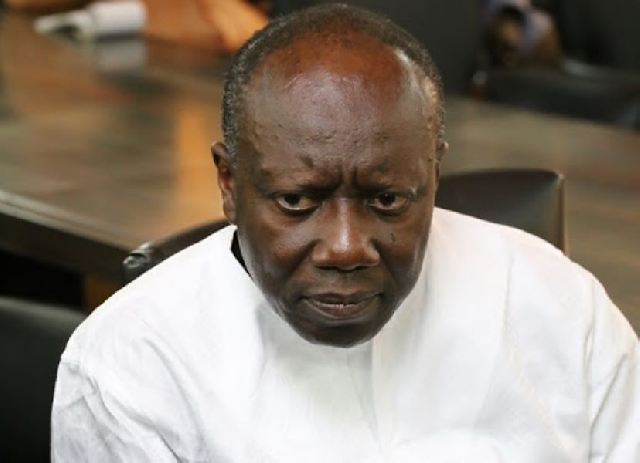 Finance Minister, Ken Ofori Atta
Finance Minister, Ken Ofori Atta
Controversy surrounds both Ghana and Guinea’s recent loan deals, involving the exchange of bauxite with Chinese companies for financing of infrastructure projects, researchers from the Natural Resource Governance Institute (NRGI) based in London have said.
The researchers have been considering 52 resource-backed loans made between 2004 and 2018, with a total value of more than US$164 billion; 30 of them, with a combined value of US$66 billion, were made to sub-Saharan African countries.
Per the loan deal, the government of Ghana is obligated to repay a US$2 billion loan it agreed with Chinese state company Sinohydro in 2018. The repayment schedule requires a rapid ramp-up of bauxite production and refining, which the International Monetary Fund (IMF) has warned may not be possible and, therefore, could lead to loss of collateral.
Guinea also signed a US$20 billion loan in 2017, equivalent to 200 per cent of the country’s GDP. Bauxite production, designated to repay the loan, has already started, but there is little publicly-available information on how the country will repay such an enormous loan and under what conditions.
Silas Olan’g, NRGI Africa co-director, said: “The deals may already have been signed in Ghana and Guinea, but it’s not too late to come clean about the terms of the loan and to involve the communities who will be affected by the mining in meaningful discussions.”
Crippling levels of debt
The report details how excessive debt has landed many African countries in economic crisis.
It follows a warning by the World Bank about crisis-level debt in emerging and developing nations, and identifies four African countries where resource-backed loans have contributed significantly to severe debt problems: Angola, Chad, Republic of Congo and South Sudan.
As oil prices dropped in 2014, Congo’s debt spiraled from 70% to 120% of GDP. The government only revealed to the public that it had taken these loans once it had difficulties servicing them. The country now owes more than $9.5 billion in public debt and the IMF is withholding loans while the Republic of Congo is in dispute with commodity traders over the repayment.
Also, the latest IMF report for the DRC stated that the liabilities from the Sicomines project represented almost 40 per cent of the country’s total external debt.
Corruption risks and poor governance
Of the eleven sub-Saharan African countries that took out resource-backed loans, eight received poor or failing scores on the Resource Governance Index, which include among its assessments measures of transparency and accountability of countries’ resource sectors.
Angola, which took out the largest amounts of resource-backed loans in Africa, is currently mired in a large-scale corruption case involving its state-owned oil company, Sonangol.
The Republic of Congo was also embroiled in a major scandal involving representatives of a commodities trading giant bribing public officials to gain access to its oil markets.
Potential for improvement
The report is not wholly critical of resource-backed loans.
The authors highlighted how borrowing countries obtain cheaper financing through the loans and can use them to generate economic returns that in the long-term exceed their financing costs.
The report also found out that countries have successfully renegotiated for improved loan terms.
However, given the largely negative experiences documented in the report, NRGI advised government officials to be cautious in agreeing to resource-backed loans and to institute safeguarding measures.
Source: classfmonline.com
Trending Business

‘Business, consumer sentiments improve significantly’ – BoG
04:55
Economic growth ‘exceeds expectations’ – Asiama
04:46
SIC Insurance advocates stronger ties between insurers and brokers
13:33
President Mahama appoints Dr Alhassan Iddrisu as acting government statistician
13:22
Finance Minister engages Chinese Ambassador to deepen bilateral cooperation
00:59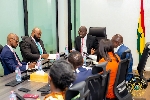
Ghana courts British investment as it eyes agribusiness and financial sector support
09:18
GRIDCo restores power after national grid disruption
08:55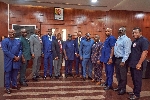
Financial institutions meet Chief of Staff ahead of second Kwahu Business Forum
02:10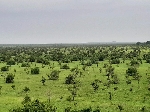
Shai Hills Industrial Park: A $500m investment to transform Ghana’s economy
19:36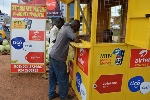
GRA directs all charging entities to cease E-Levy deductions from midnight
04:38




